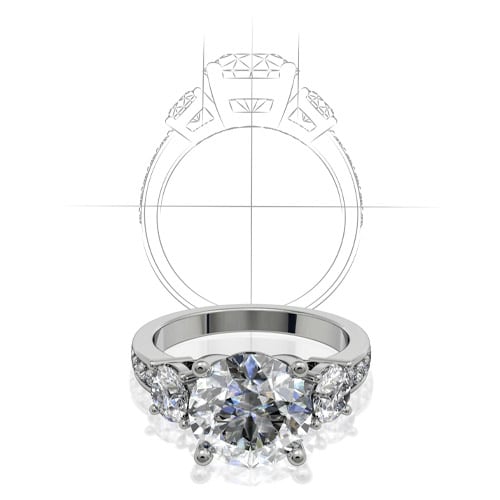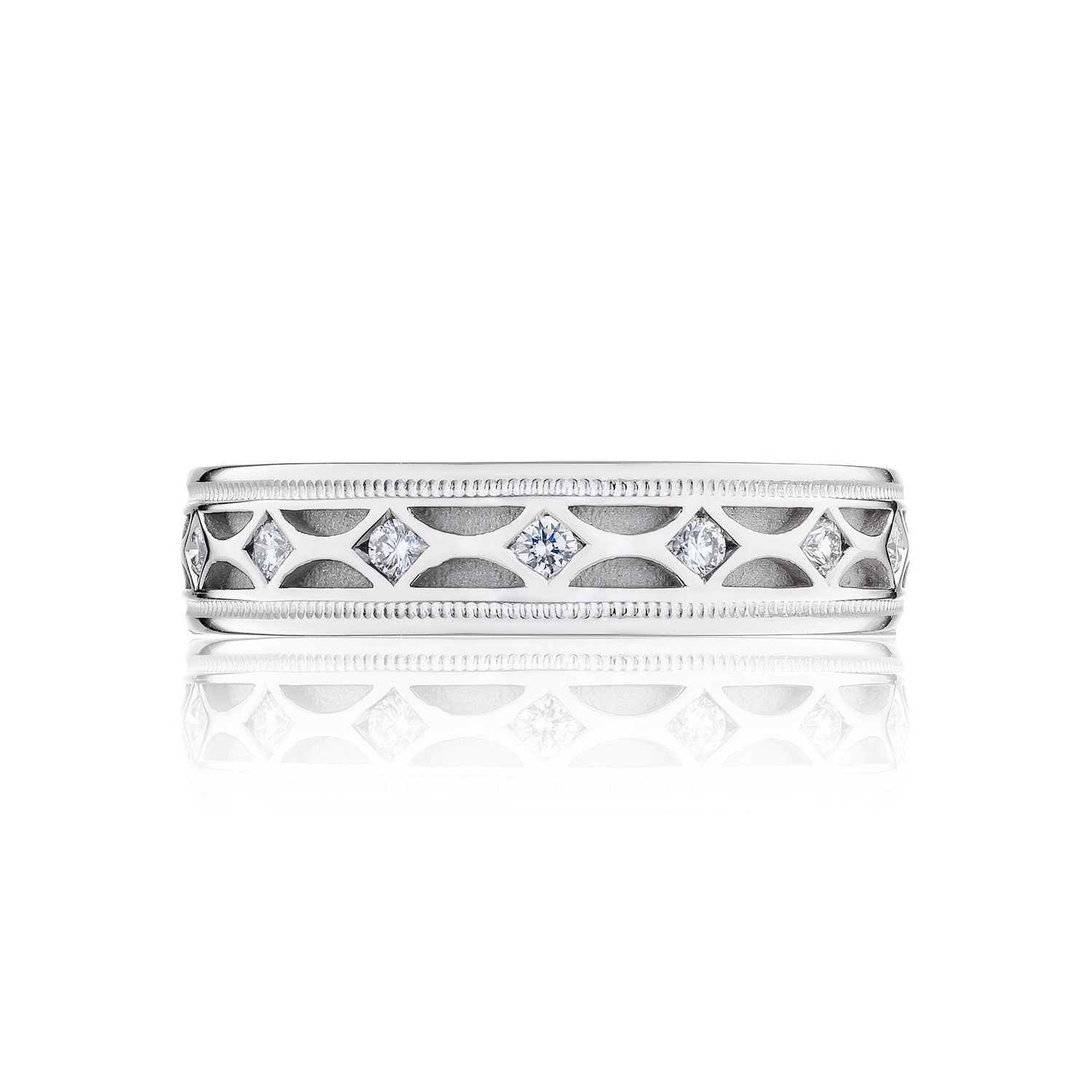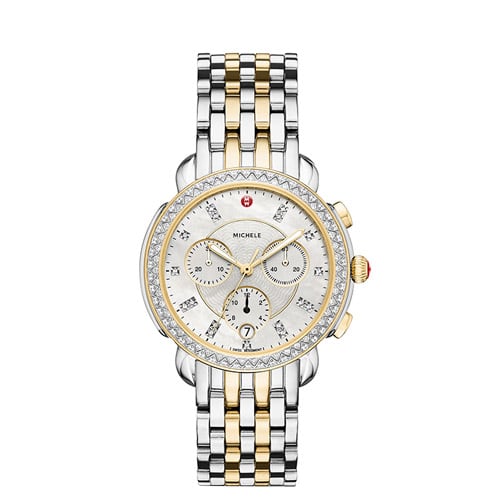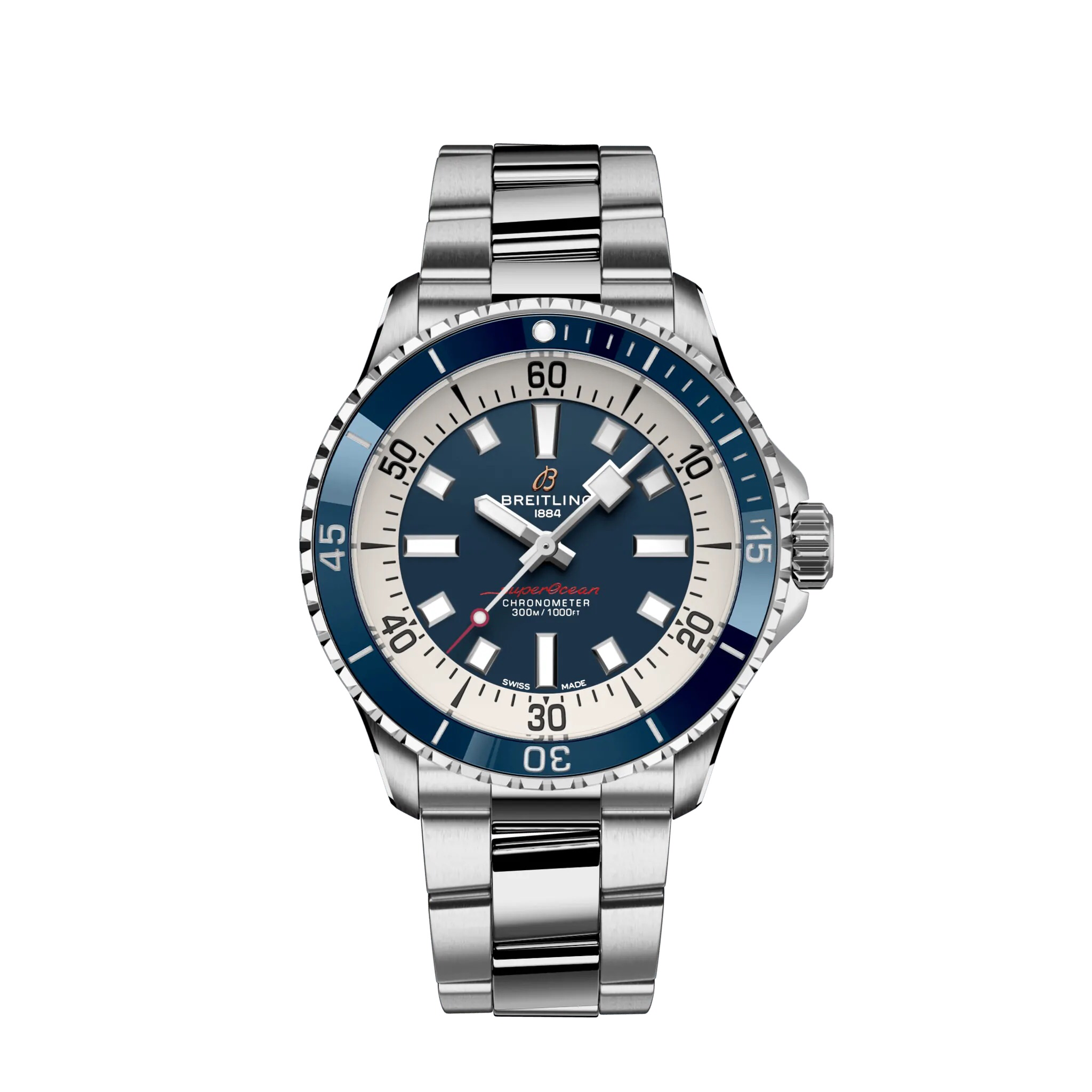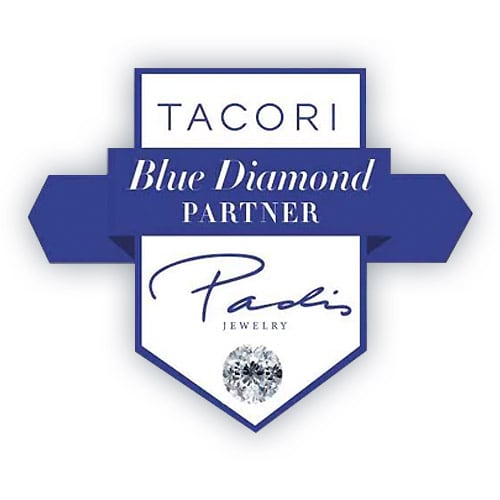BEYOND THE KIMBERLEY PROCESS: Forevermark and Padis Jewelry

Padis Jewelry has an expansive collection of Forevermark loose diamonds and diamond jewelry. We are proud to offer the Forevermark promise: which means not only that each Forevermark diamond is beautiful and rare but also that it has been responsibly sourced. The Forevermark responsible sourcing standards apply throughout the entire journey of a Forevermark diamond, ensuring that each Forevermark diamond can be given or worn with pride.
Forevermark is proud to lead the industry with regard to responsible sourcing.
BEYOND THE KIMBERLEY PROCESS
The Kimberley Process is an international certification program that was established in 2003 to prevent the sale of “conflict diamonds” – diamonds which are illegally traded to fund conflicts.
Forevermark’s sourcing standards have been developed to add assurance over and above the Kimberley Process, providing extra confidence. While the Kimberley Process covers the country of origin, Forevermark looks at the individual mine and mining company in addition to the country of origin. Not all countries that fall within the Kimberley Process qualify to provide Forevermark diamonds due to our stringent social, business and environmental standards. Furthermore, even if a country does meet Forevermark criteria, only diamonds from approved diamond mining sources within that country are eligible to be inscribed as Forevermark.
SELECTING OUR MINING SOURCES
Forevermark has established various business, social and environmental benchmarks that must be achieved by all of our mining sources. These are assessed firstly via the country of origin, followed by the individual diamond mining company. Forevermark selects eligible countries based on a number of variables, including Kimberley Process membership, a positive and proven human rights record, a stable and acceptable political climate, and a stable and acceptable socio-economic situation.
Once a country has been determined eligible, Forevermark then examines the individual diamond mining company. The company must meet a number of specific criteria such as, for example, listing on a reputable stock exchange. Forevermark also assesses the actual operations of each mining company, examining the key areas of company management and employee welfare in terms of safety and security, as well as benefits such as training and education.
It is an important element of the Forevermark promise that our diamonds are sourced from mines that not only comply with our strict political, financial, social and environmental requirements, but also actually benefit the communities in which they are operating. To assess this, Forevermark analyzes the impact on the local area, investigating areas such as health, education and training, investment in the local community infrastructure, and best practices regarding the local environment and ecology.
Forevermark diamonds come from mines in countries such as Botswana, Namibia, South Africa, Australia and Canada.
PROTECTING THE ENVIRONMENT
Forevermark diamonds come from mines that operate with consideration for the environment. Almost 200,000 hectares of land around the De Beers group of companies’ mines are set aside for conservation- an area five times larger than the mining footprint and equivalent to two-thirds the size of Yosemite National Park. In Botswana, Jwaneng mine operates a 17,000 hectare Game Park, which is home to more than 1,700 animals and hosts a field unit for Cheetah Conservation in Botswana. Orapa mine has established a Rhino sanctuary reserve which will protect the animal and create sustainable tourism.
REDUCING THE WATER FOOTPRINT
Water scarcity is a global issue. Many of the mines from which Forevermark sources diamonds actively work to reduce their water footprint. De Beers Marine Namibia vessels, which mine diamonds off the coast of Namibia, do this by using seawater for processing. They also use desalinated water for domestic freshwater requirements on board the vessels. At the De Beers group of companies’ South African mines, reused and recycled water makes up approximately 50% of the total freshwater foot print.
COMMUNITY HEALTHCARE
Forevermark diamonds come from mines that play a sustainable part in their communities. The hospital at the Orapa mine in Botswana, working in partnership with Botswana’s Ministry of Health, also functions as a district hospital, providing medical services not only to the mine’s employees and their families, but also to the local communities made up of over 64,000 people within a 600 km radius.


